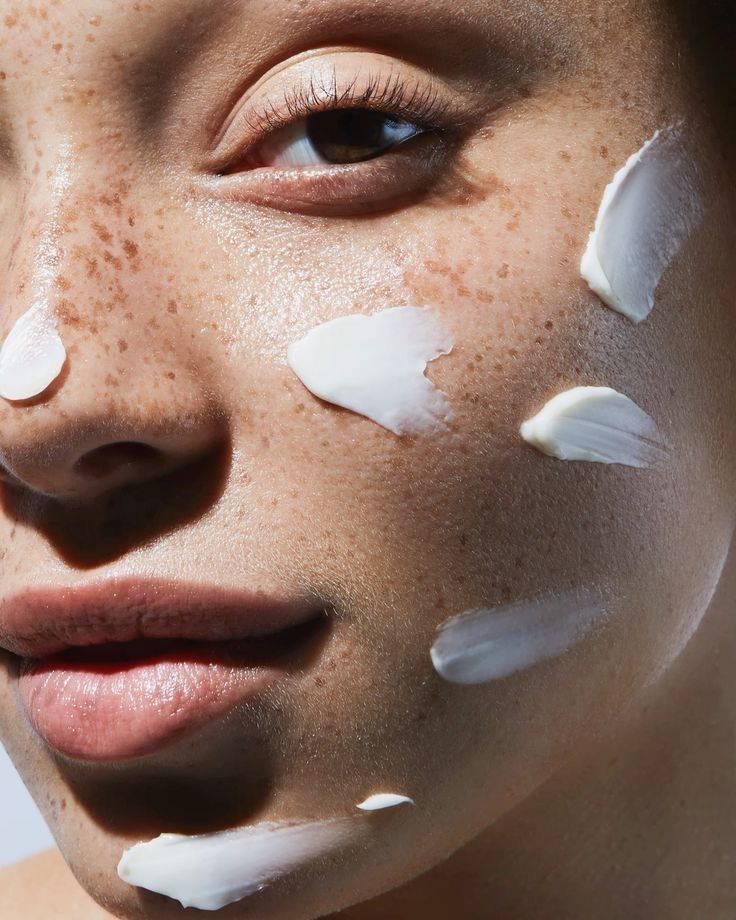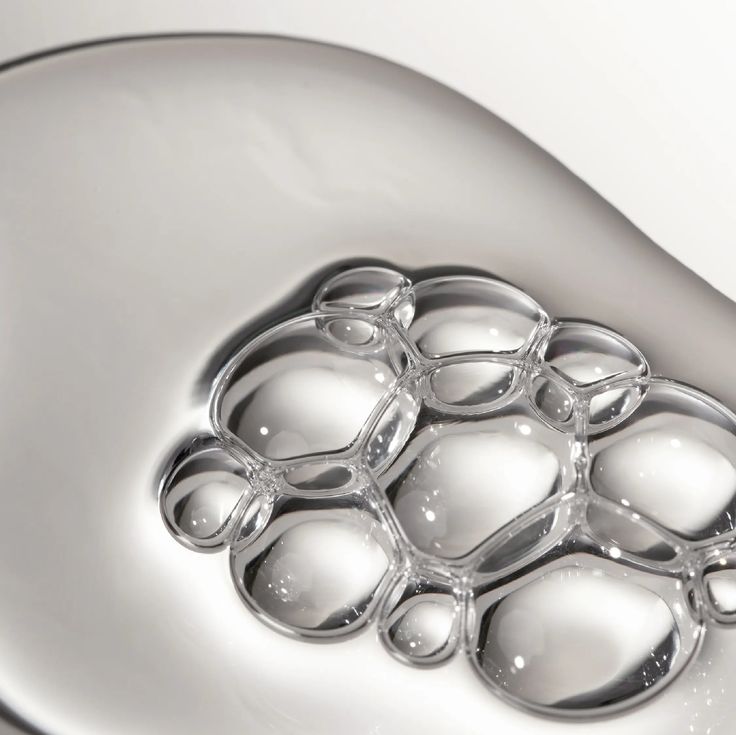What AHAs and BHAs actually do
Alpha Hydroxy Acids (AHAs)—like glycolic and lactic—work on the skin’s surface to loosen dead cells for a smoother, brighter look. Beta Hydroxy Acid (BHA)—salicylic acid—moves through oil to help decongest inside pores. Both can be helpful; the art is using the right one, at the right time, for your climate and week.
Choose by concern (then by climate)
- Surface dullness, uneven texture, fine lines → AHA (lactic is gentler; glycolic is punchier).
- Clogged-feel, visible pores, oil-prone T-zone → BHA (salicylic).
- Combo skin: AHA on cheeks, BHA on T-zone—same night or alternating nights, but avoid stacking strong strengths at once.
Climate & room conditions change everything
- Hot & humid: Sweat + oil + sunscreen can increase congestion. Many do better with BHA 1–3 nights/week. Keep the rest of your layers light so makeup and SPF sit well.
- Cold/AC-dry: Water loss rises; sting risk goes up. If you want AHA, try lactic first, buffer with moisturizer, and reduce frequency. In heater season, patience beats strength.
- Pollution-heavy days: Focus on thorough but gentle cleansing; if adding acids, do it on nights you feel calm, not tight or wind-chapped.
Starter schedules (build slowly)
- Beginner: One acid night per week for 2 weeks. If skin is happy, increase to 2 nights (non-consecutive).
- Intermediate: 2–3 nights/week as tolerated. Keep at least one “boring” night (cleanse → moisturize only).
- Combo plan: BHA one night, AHA another night; keep a plain night between if you feel sensitive.
Application tips that save your barrier
- Apply to clean, dry skin; wait a minute before your next step if the formula recommends.
- Buffering: On sensitive days, apply a thin moisturizer layer first, then your acid, then another thin pass where needed.
- Use less than you think; results come from consistency, not flooding.
What not to stack on the same night
- Retinoids + strong acids (especially in dry/AC seasons) → higher chance of sting and peeling.
- Multiple exfoliants (AHA toner + BHA serum + peel) → save the extras for a different night.
- Heavy scrubs on top of acids → unnecessary friction.
SPF is non-negotiable
Acids can increase sun sensitivity. Wear a daily SPF you like, and on makeup days reapply by pressing (not rubbing) small amounts. Your morning routine can stay minimal—cleanse lightly → moisturize → SPF.
Travel weeks: an exfoliation map
- Long-haul flights: Skip acids the night before and after flying. Cabin air is dry; keep routines boring and comfortable.
- New climates: Give yourself 3–4 days to adjust before resuming your usual cadence.
- Gym-to-desk days: If you’re exfoliating, do it at night; post-workout days need gentle cleansing and SPF more than extra actives.
Related reads: Long-Haul Flight Routine • Gym-to-Desk: Sweat-Safe Routine • Minimal AM/PM Routine • Switching Your Routine for Climate • PM Routine for AC-Dry Nights
Troubleshooting (signals to pause)
- Persistent sting that doesn’t settle within a few minutes → rinse, moisturize, and take 3 “boring” nights.
- Shiny + flaky at once → classic dehydration. Add water first (mist or damp skin), then a thin comfort layer; reduce acid frequency.
- Makeup pilling next day → you used too much or layered too fast; simplify and let layers set 60–90 seconds.
FAQ
Morning or night?
Most people do better at night so daytime sun exposure is simpler to manage.
Can I spot-treat with acids?
Yes—BHA on the T-zone, AHA on dull patches—or alternate nights. Avoid repeatedly re-exfoliating the same area.
Which AHA is “gentlest”?
Lactic is often gentler than glycolic at comparable strengths; still listen to your skin and climate.
How soon will I see changes?
Texture can look smoother in days to weeks; go slow so you don’t lose that progress to irritation.
Educational only; not medical advice. If you have chronic sensitivity or a diagnosed condition, consult your clinician for a personalized plan.

